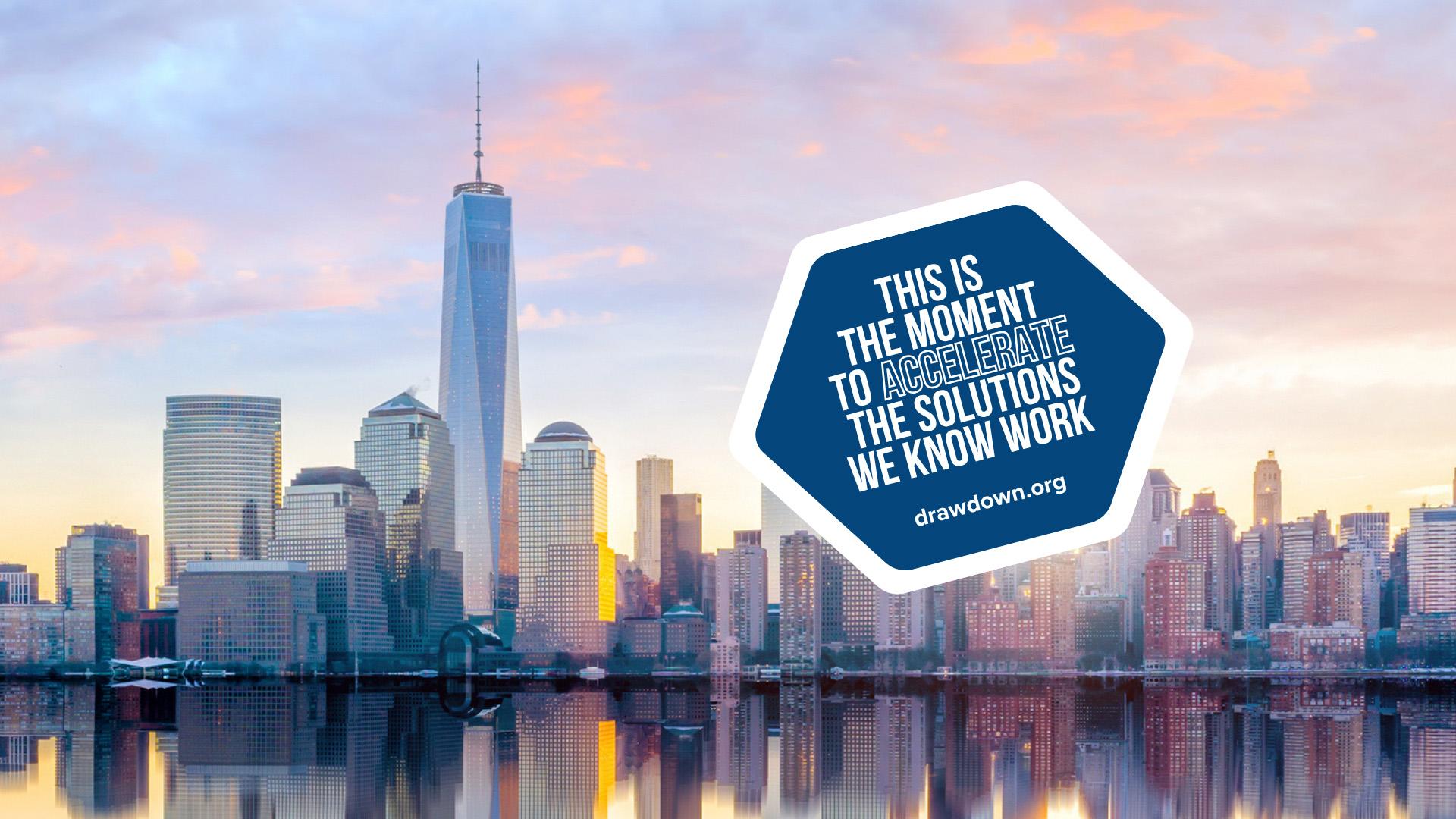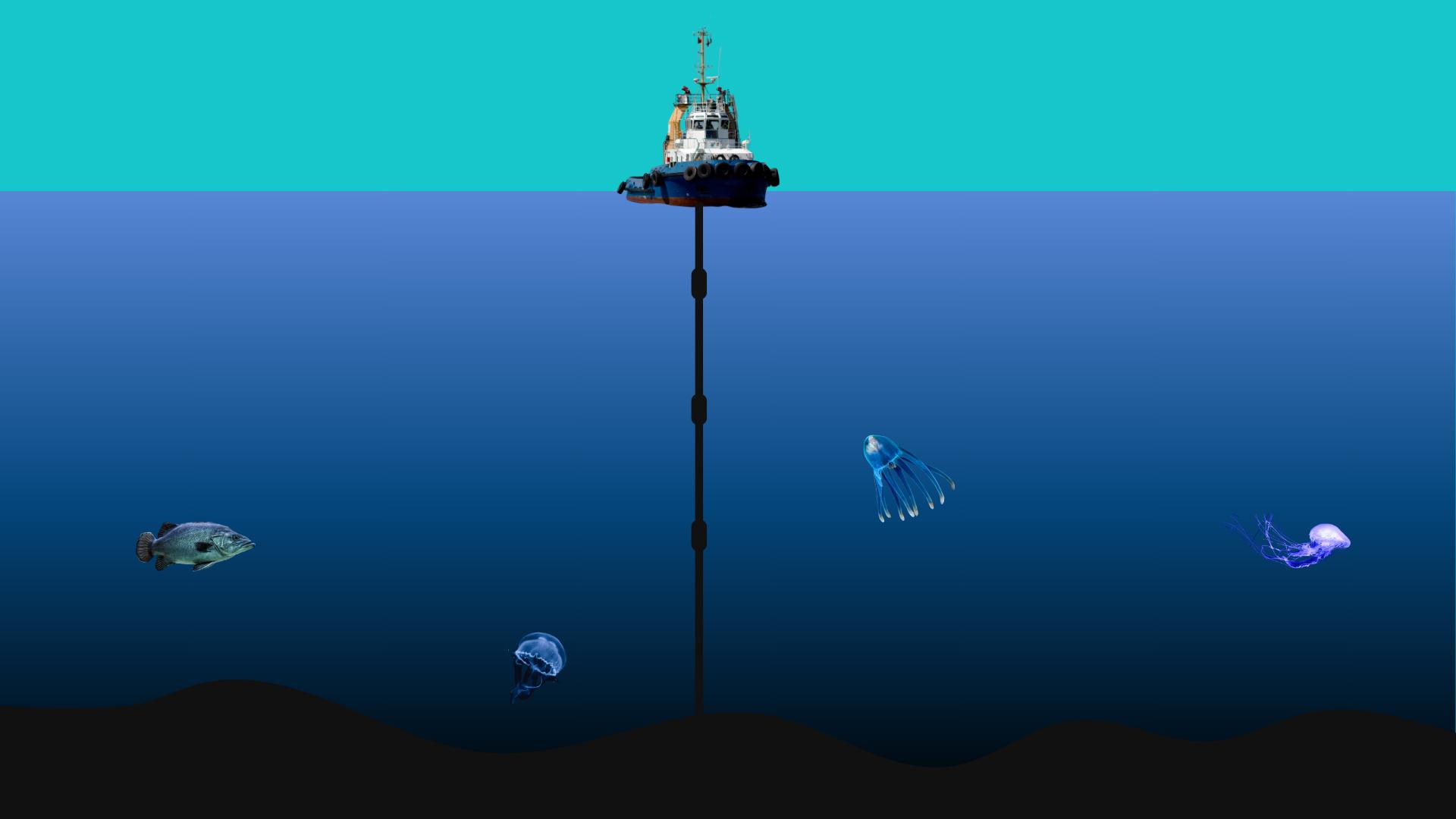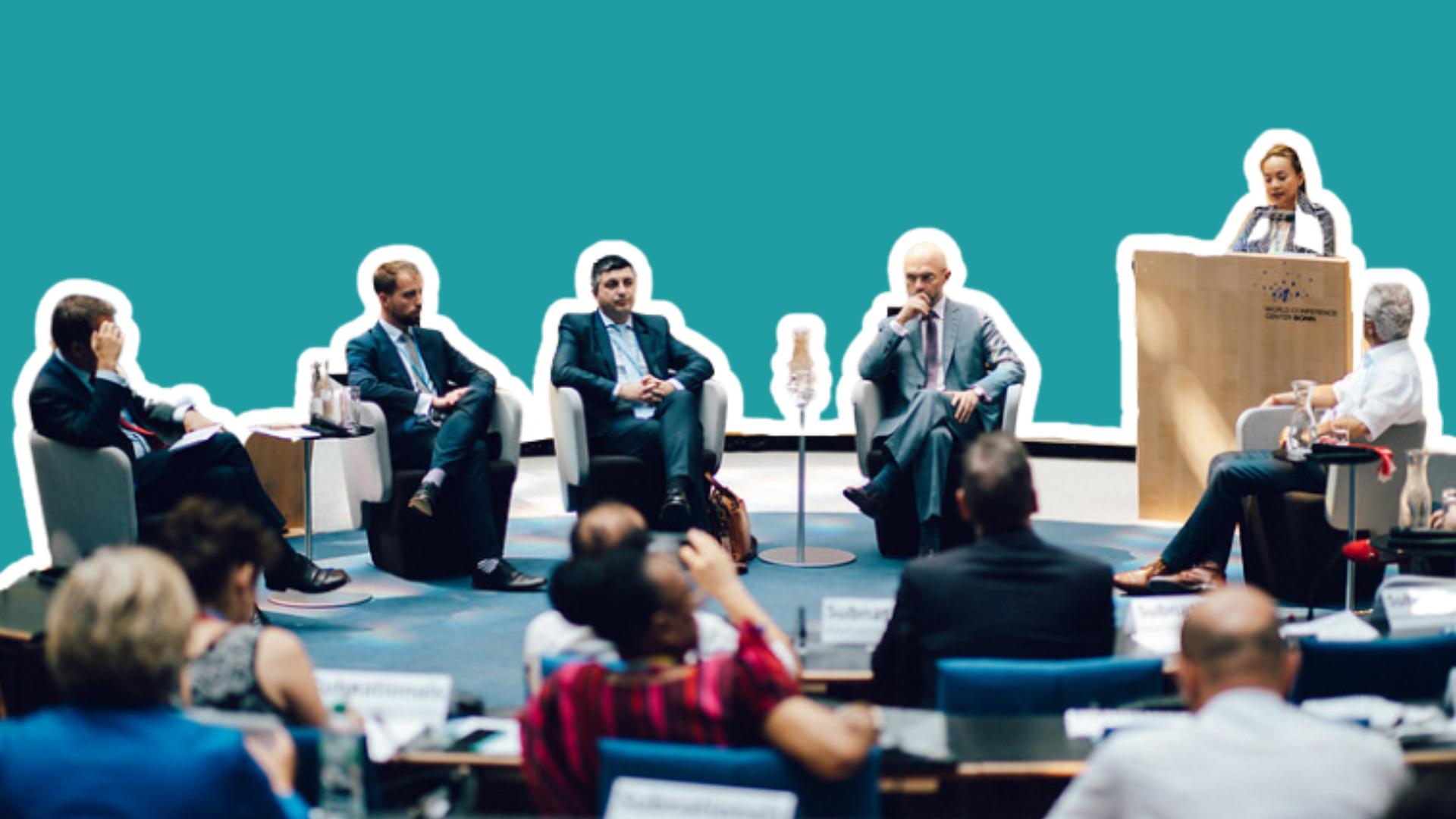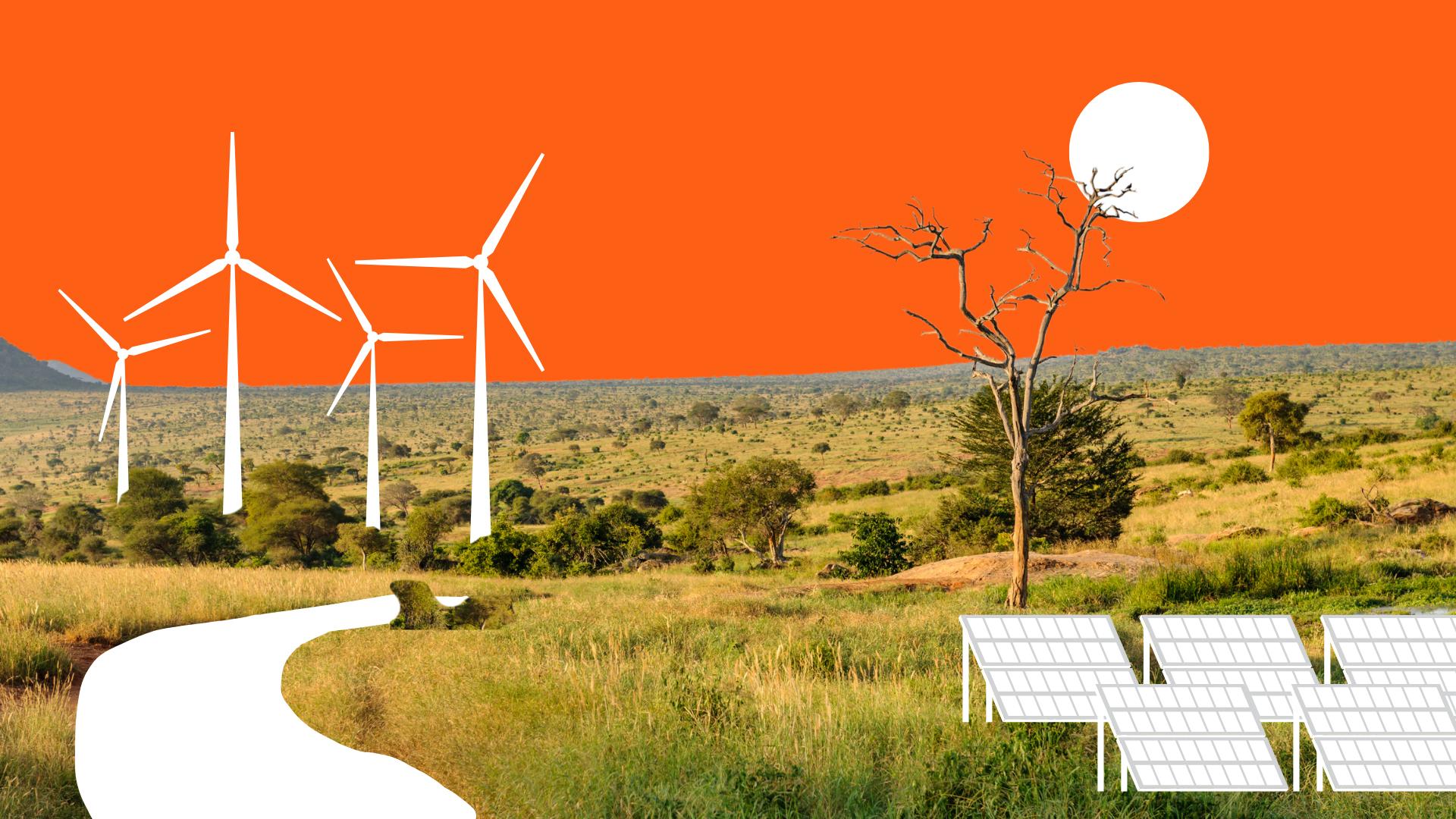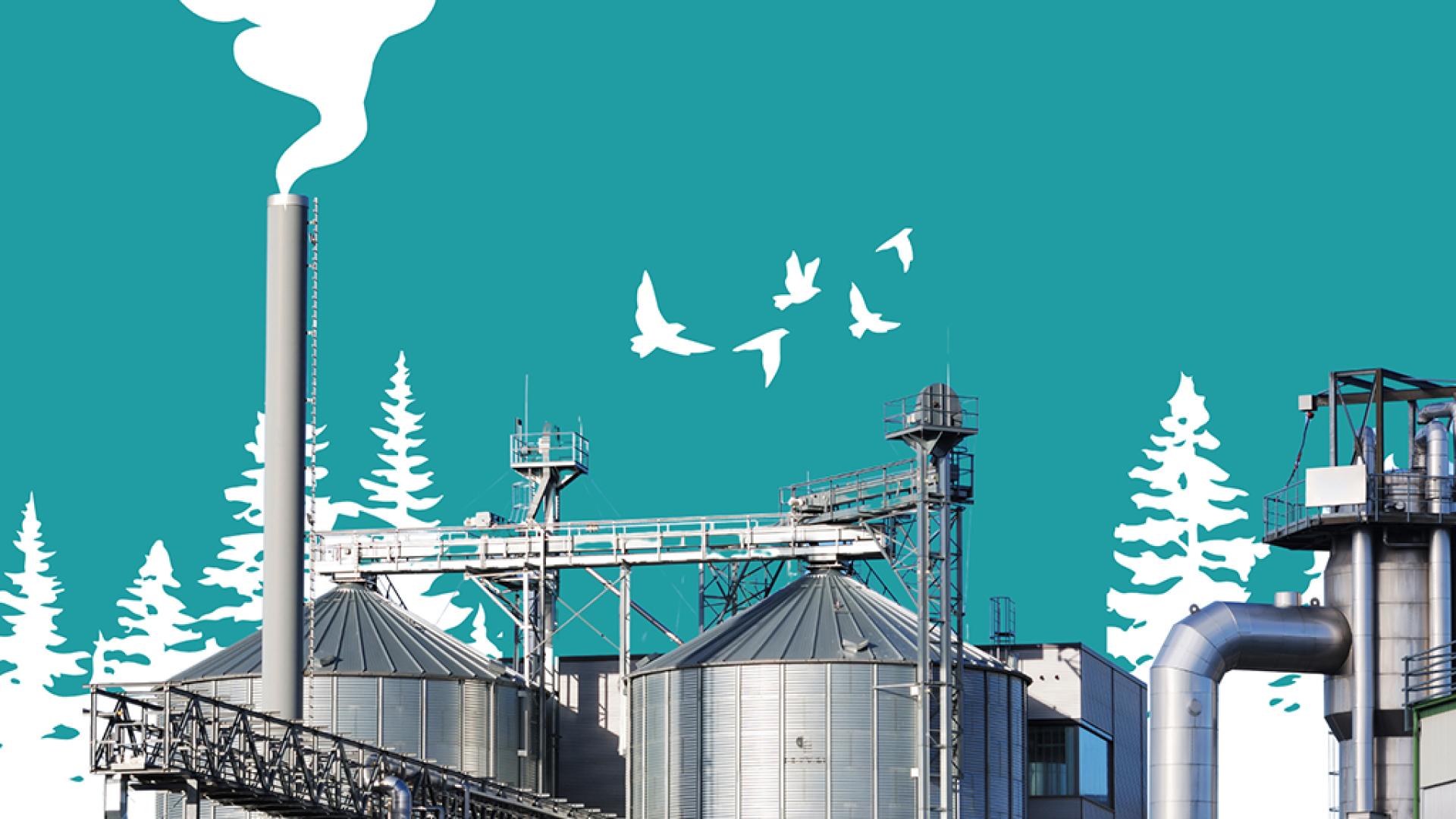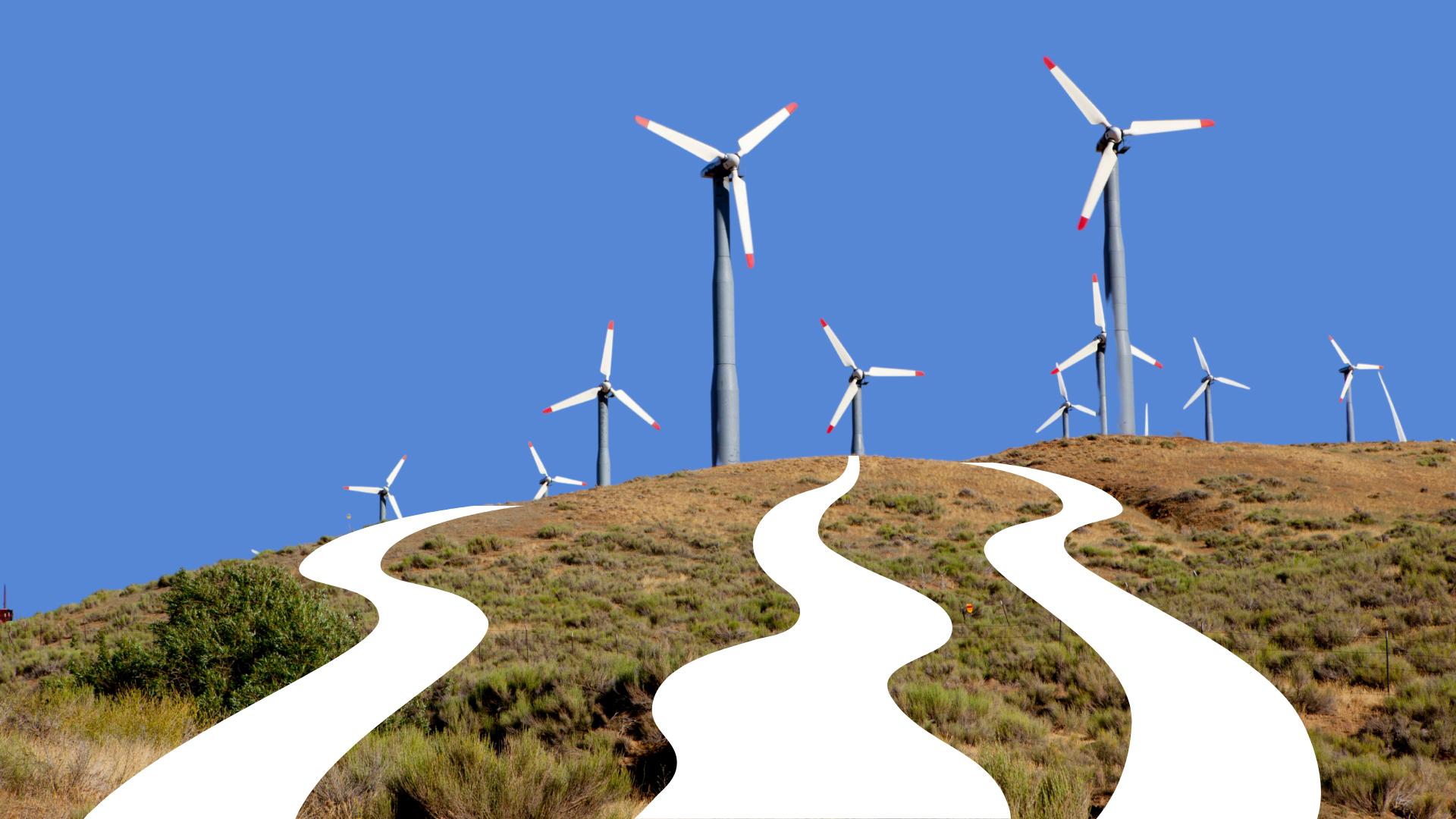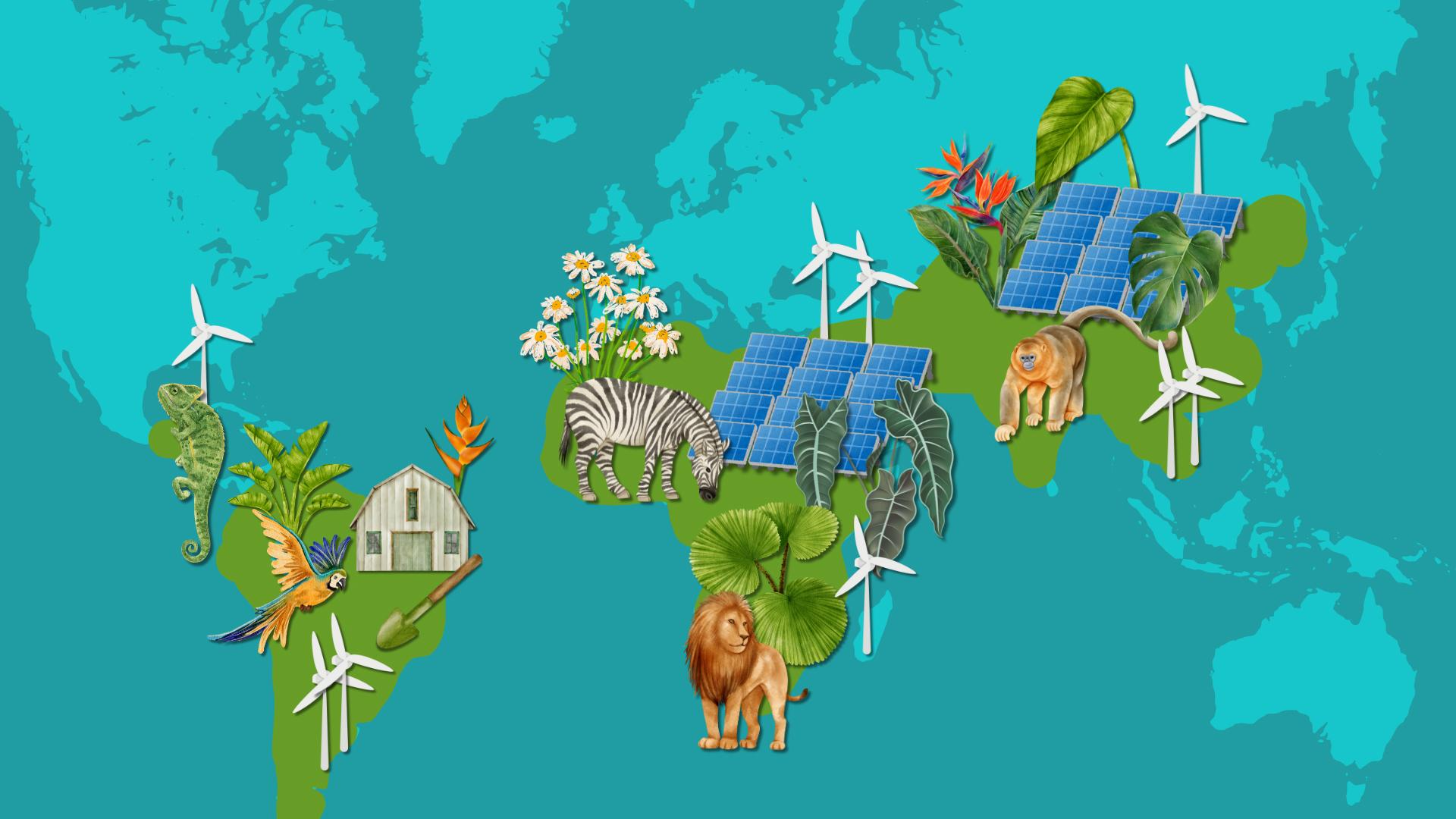I am not alone in questioning what purpose my work serves. For many working on advertising-enabled tech, the notion of working in service of selling more ads and more stuff has started to feel a bit like rearranging deck chairs on the Titanic. Across the private sector and beyond, a wider perspective shift is taking hold.
Spurred by increasingly visible climatic impacts, bank failures, war, and geopolitical brittleness, there is an emerging awareness among business leaders that fundamental aspects of our current energy, food, financial, and transportation systems are unviable. The externalities of business as usual are obvious. Interest in deep systems change is growing.
But I’m not here to tell you to quit your corporate job and join a nonprofit. In my time at Twitter, I worked to integrate climate into my role—and since joining Project Drawdown, I have come to fully appreciate how every job is a climate job.
Private sector actors can scale climate solutions through existing business practices and across all job functions—and must, if their response is to match the scope of the crisis. At Drawdown Labs, we have a plan for that.
To bend the curve on emissions this decade, we need to pull the planetary emergency brakes while we build out new systems to replace the old ones—as quickly, safely, and equitably as possible. The Drawdown Roadmap can orient action across timescales, sectors, and geographies. The “time value of carbon” points to strategic deployment of the tools, technology, and time available to us. To accelerate the emergence already underway, Drawdown Labs continues to develop new taxonomies for climate work at every organizational level and pilot science-based frameworks that raise the standard for corporate climate leadership.
To bring solutions to scale and build the future we need without overshooting climate and other planetary boundaries, we will need the full attention of hundreds of millions of people directed at understanding the complexity of the issues and actively participating in the solutions. For those with the privilege of being able to choose what you want to work in service of, it’s hard to imagine a situation in which your decisions and actions could matter more.


